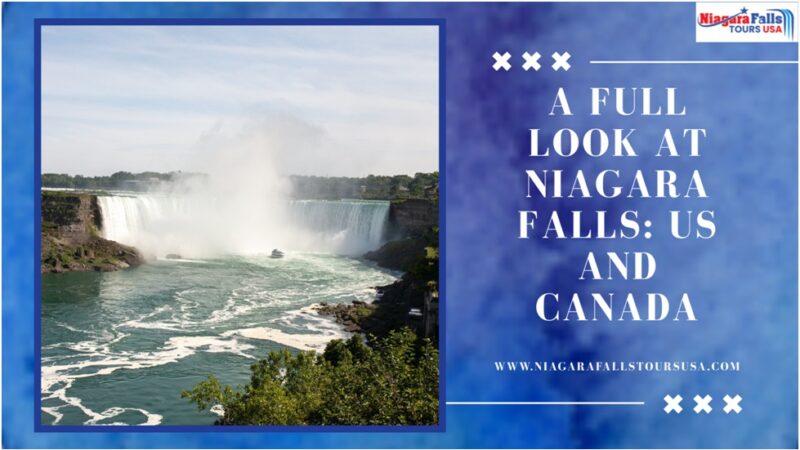Packing for Safari: Essential Gear and Non-Essentials for an Unforgettable Adventure
Introduction
Embarking on a safari is a dream for many travelers—an opportunity to witness Africa’s majestic wildlife in their natural habitats, surrounded by breathtaking landscapes. Whether you’re planning a game drive in Kenya’s Maasai Mara, exploring the vast plains of Tanzania’s Serengeti, or seeking rhinos in South Africa’s Kruger National Park, packing the right essentials can enhance your safari experience significantly. Beyond the excitement of spotting lions, elephants, and giraffes, proper preparation ensures comfort, safety, and enjoyment throughout your safari adventure. Join us as we explore what to pack for a safari, from essential gear to optional items that can make your journey even more memorable.
Essential Gear for Safari
- Clothing:
- Neutral-colored clothing: Lightweight, long-sleeved shirts and trousers in khaki, beige, or olive green help you blend into the environment and protect against the sun and insects.
- Comfortable walking shoes: Sturdy, closed-toe shoes or boots for bushwalks and excursions.
- Wide-brimmed hat and sunglasses: Protects from the sun during game drives and outdoor activities.
- Gear:
- Binoculars: Enhance wildlife viewing by bringing distant animals closer.
- Camera and lenses: Capture wildlife and landscapes with a DSLR or high-quality digital camera.
- Power bank and chargers: Keep devices charged, as electricity may be limited in some camps.
- Personal Items:
- Sunscreen and insect repellent: Essential for protection against the sun and bugs.
- First aid kit: Includes basics like bandaids, antiseptic wipes, and any personal medications.
- Reusable water bottle: Stay hydrated during safaris; some camps provide refill stations to reduce plastic waste.
- Documents:
- Passport and visas: Ensure passports are valid for at least six months beyond travel dates.
- Travel insurance: Provides coverage for medical emergencies, trip cancellation, and lost luggage.
Non-Essential Items That Enhance Your Safari Experience
- Comfort and Leisure:
- Travel pillow and blanket: Adds comfort during long drives or flights.
- Portable camping chair: Useful for relaxing during breaks in the bush.
- Lightweight binocular harness: Distributes weight evenly and keeps binoculars accessible.
- Photography Enhancements:
- Tripod: Stabilizes cameras for clear shots, especially in low light or while using zoom lenses.
- Lens cleaning kit: Removes dust and smudges from camera lenses and binoculars.
- Memory cards and storage: Carry extras to capture every moment without running out of space.
- Personal Comfort:
- Personal toiletries: Include essentials like toothpaste, shampoo, and soap.
- Sleepwear and casual clothing: Comfortable attire for evenings and downtime between game drives.
- Favorite snacks: Pack non-perishable snacks for energy boosts between meals.
- Travel Gadgets:
- Portable Wi-Fi hotspot: Stay connected in remote areas with limited cellular coverage.
- E-reader or tablet: Entertainment during downtime, with offline books or movies.
Practical Considerations and Tips
- Luggage and Packing:
- Soft-sided duffel bags: Easier to store in safari vehicles than hard-sided suitcases.
- Packing cubes: Organize clothing and gear for quick access and minimal disruption.
- Health and Safety:
- Malaria prevention: Consult with a healthcare provider for prophylactic medications and mosquito repellents.
- Emergency contacts: Carry local emergency numbers and contacts for safari operators.
- Respect for Wildlife and Environment:
- Binocular etiquette: Share with others for wildlife viewing, respecting personal space.
- Leave no trace: Dispose of waste responsibly and minimize impact on the environment.
Conclusion
Packing for a safari involves careful consideration of essential gear, personal comfort items, and optional enhancements to maximize your wildlife viewing experience and overall enjoyment. From clothing that blends with the environment to photography equipment for capturing memorable moments, each item plays a role in ensuring comfort, safety, and convenience during your safari adventure. While essentials like sunscreen and insect repellent protect against the elements, non-essentials such as travel pillows and favorite snacks add personal comfort and enjoyment. By packing thoughtfully and preparing for varying conditions, you can immerse yourself fully in the wonder of Africa’s wildlife and landscapes, creating lasting memories of your safari experience. Whether you’re a seasoned traveler or embarking on your first safari, proper preparation enhances your journey, allowing you to focus on the sights, sounds, and beauty of the natural world around you. As you plan your safari adventure, consider the unique opportunities for exploration and discovery that await in the heart of Africa’s wilderness.





